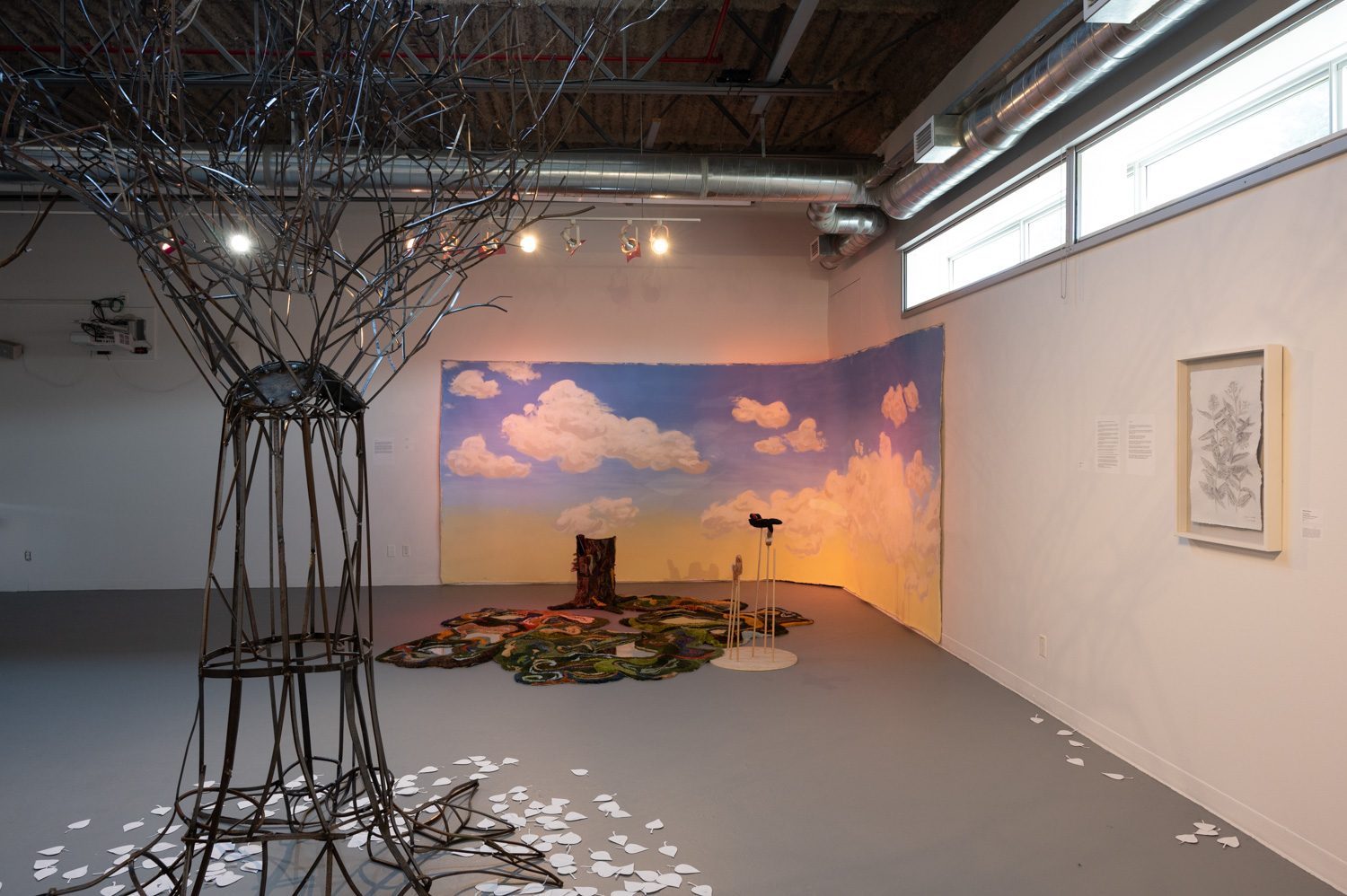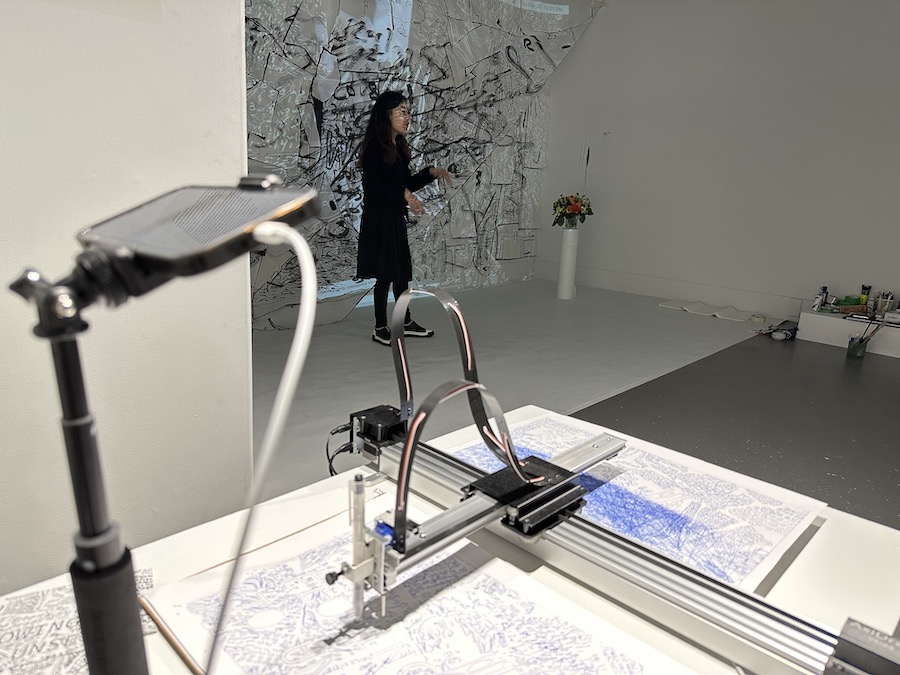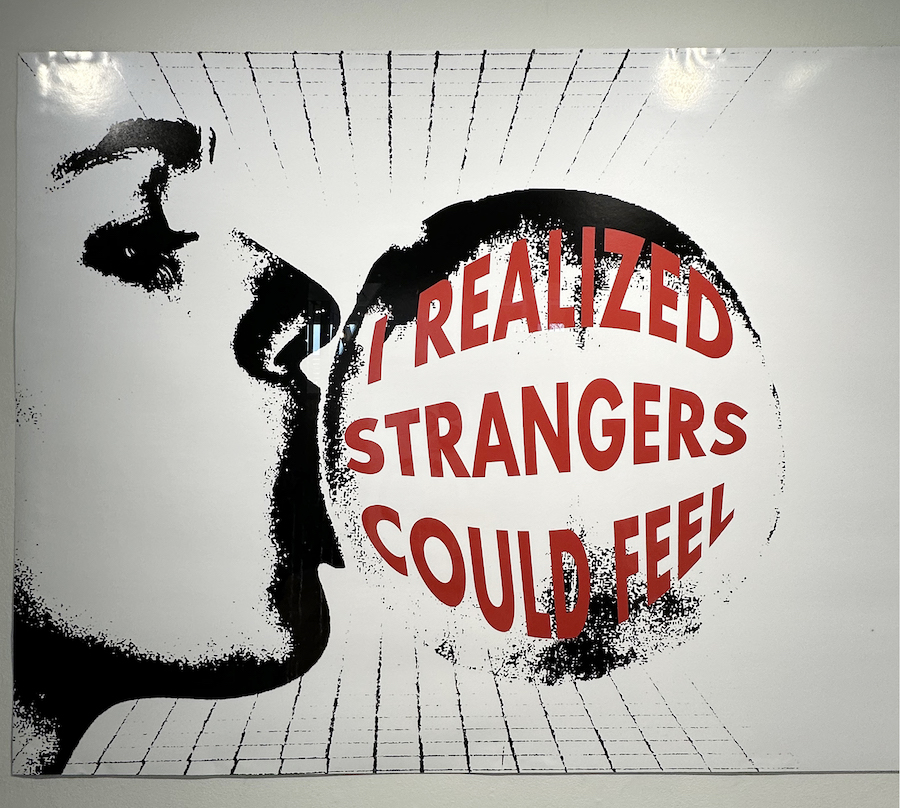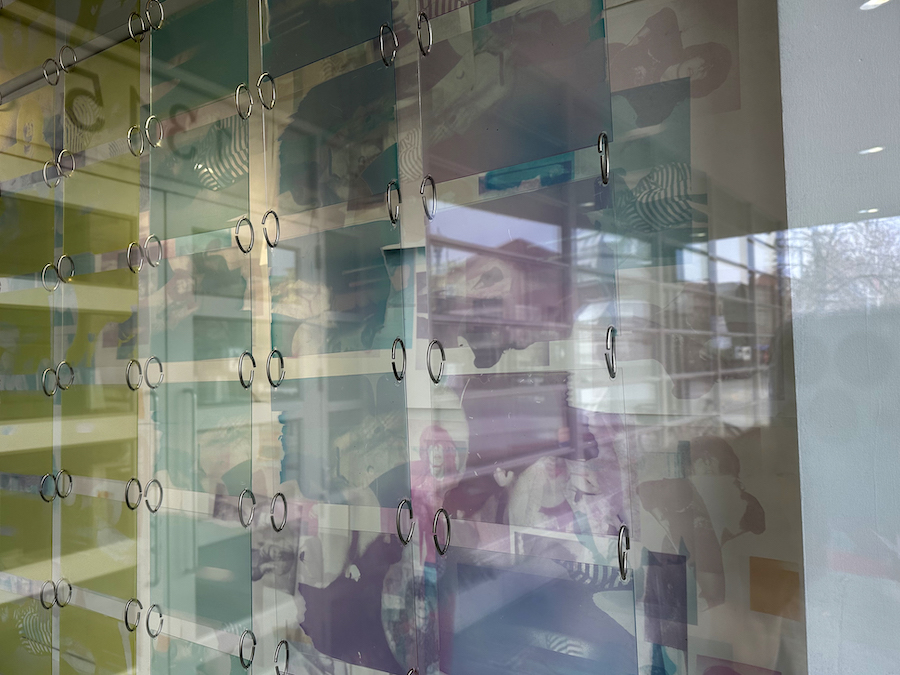Strategies in Digital Art: Virtual Worlds
Strategies in Digital Art: Virtual Worlds 2023 FCCS instructor Emerald Benzmer (VISA 269.001 Strategies in Digital Art: Virtual Worlds) is pleased to present the class final exhibition of virtual environments that place the artwork in critical, historical, and cultural context within creative inquiry in the arts and digital media production. The virtual worlds explore non-liner storytelling, media aesthetics, modelling,...

 Follow
Follow







